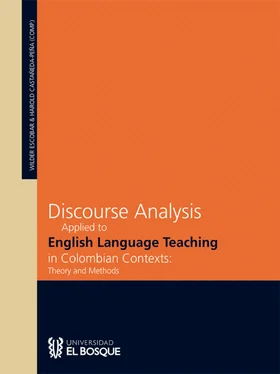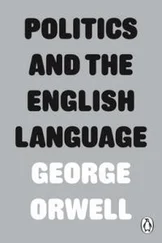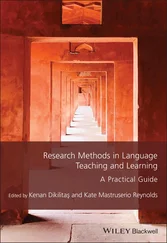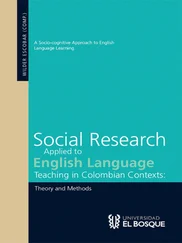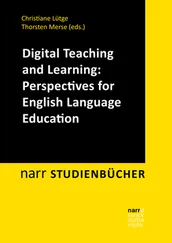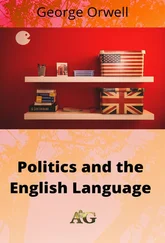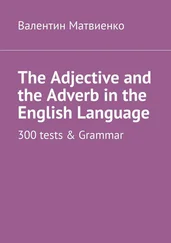The retrievability of data was handled by videotaping all the corpus of materials, which in this case comprised a total of nine lessons. Each lesson was given a name for analytical purposes and was transcribed. The transcriptions were also published as a strategy to facilitate retrievability. The comprehensive data treatment was conducted bearing in mind the goal of describing the organization of teacher-led interaction. To achieve this goal, Mehan “analyzed until a small set of recursive rules was located in the interaction that describes the corpus of materials in their entirety, and in terms that are oriented by the participants themselves” (1979, p. 33). This last procedure stresses the importance of following the criteria in order to make both researcher’s and participants’ perspectives meet. The analysis made the researcher conclude that both academic knowledge and social or interactional skills are entwined. In general, it was found that classroom organization is met by verbal and non-verbal actions conducted by the lesson members (teacher and students). Table 2 is a transcription provided by Mehan (1979, p. 38) which shows how students reply to the teacher by nodding, raising or lowering hands, moving around, etc.
Tabla 2. Sample transcription of Mehan’s corpus of materials.
| Initiation |
Reply |
Evaluation |
| 3:2T: |
Now these four Please |
Many: (move to Seats) |
T: Good |
| 3:3T: |
Ok, this is some work for the people in these rows of chairs (gestures to first rows). |
Many: (nod heads) |
T: Good |
| 3:4T: |
Alberto, turn around so you can See the blackboard |
A:(turns; teacher Assists) |
|
Mehan’s (1979) initiation, reply and evaluation phases are present in all the transcriptions of the classroom structure in which the author distinguishes well-known components such as setting, opening, conducting, and closing the lesson. Those phases also hold different functions in the lesson. In the transcription above, for example, all the utterances in the initiation phase correspond to the setting of the lesson. We can see how the kinesthetic answers students provide in the reply phase and how the evaluation phase is structured out of the use of monosyllables. That is how both teacher and students construct an interactional sequence as preparation for another one in which the evaluation, mainly, plays a decisive role. Using the same excerpt quoted above, it could be argued that the use of such monosyllabic discourse in the evaluation phase contributes to balance the other two phases signaling the end of a sequence or a continuation. The first ‘good’ in the example shows the end to the instruction of arranging the rows as stated by the teacher and it is also a marking boundary to initiate a second instructional arrangement, which is evaluated by the word ‘good’ as well. “These pieces of interaction are sequences in the sense that one action follows another with great regularity. These sequences are distinctively interactional in that they involve the cooperative completion of activity by the participants involved. That is, teacher and students work in concert to assemble interactional sequences” (Mehan, 1979, p. 72).
This sociologist’s analysis goes beyond the description of common and ordered regularities of interactional sequences. There are also moments in the development of a lesson when what was planned is not working at all: that the turns of a student speaking are interrupted by other students, that students’ attention spans are lowered, among many other situations. All these practical circumstances influence the teacher’s choice of improvisational strategies to orient students within the flow of the lesson as it evolves. Mehan (1979) found that the combination of those improvisational strategies combined with turn-allocation procedures is part of a repertoire that belongs to an interactional mechanism. Classroom participants mutually conceive such an interactional system in order to maintain social order. According to the author, classroom participants “must bring their action[s] into synchrony with people who are already talking. To do so, classroom rules for taking turns, producing ordered utterances, making coherent topical ties, and participating in ritualized openings and closings must be negotiated” (Mehan, 1979, p. 169).
This co-construction of the classroom through interaction is also discussed by some of Mehan’s colleagues, among them Courtney Cazden, (1988) whose new definition of classroom discourse, mentioned above, is based on concepts expressed by Halliday (1978). In this concept, it is possible to “think of any social institution, from the linguistic point of view, as a communication network” (Halliday, 1978, p. 230). In that sense, Cazden (1988) concludes that “the study of classroom discourse is thus a kind of applied linguistics–the study of situated language use in one social setting” (Cazden, 1988, p. 3) where such a communicative network takes place. In the classroom, she mentions what is called ‘sharing time’: daily activity where children, (especially) inform peers about something new using a narrative. The author also points out a staged lesson structure in the different English-speaking educational contexts she explored but bears in mind the possibility of encountering variations of lesson structures and examines the relationships within context and speech. The author also explores the structure and variations of structures in lessons, peer interactions and teachers’ and students’ registers. In the first place, the researcher uses the concepts of initiation, response and evaluation to explain interactions in a well-staged and ordered lesson, but furthermore, she states that variations are possible and necessary according to learning goals, size of group and classroom participants’ backgrounds. Secondly, due to the limited proportion of moves initiated by students in the class, teachers should plan activities that involve students’ interactions among themselves. Thirdly, after analyzing some bilingual contexts, the author states that teachers’ registers should be adequate to create appropriate learning atmospheres for children and suggests that students need teachers’ help to learn how to express themselves intelligibly. She concludes that both teachers and students are “context-creating speakers” (Cazden, 1988, p. 198) and, since context is a never-ending, changing structure, it should be revisited constantly.
In particular, a somehow recent tendency as regards this topic has been promoted by feminist epistemology. One of the many interesting contributions from the feminist post-structuralist perspective on discourse analysis is MacNaughton’s (1988) idea of how discourse should be understood and analyzed. Discourse, framed in the feminist theory, is recognized as an everyday meaningful and social activity that goes further than just interchanging information by using utterances. According to MacNaughton, (1988) discourse implies cultural and historical categories by means of which meaning is constructed, life becomes praxis and social structures are constructed. Discourse consists, then, of three inter-related dimensions that refer basically to: 1) the categories used for understanding the social world, 2) the social practices which are derived from such categories, and 3) the investments of the emotional kind, which are made through social practice. Hence, discourse analysis “involves identifying relationships between individuals, social structures and institutions” (MacNaughton, 1988, p. 161). In her goal to provide educational gender equity tools, the author discusses two main types of activities for those interested in discourse analysis. Those activities entail processes of identification and evaluation. The former process involves the recognition of who the participants in the classroom are, the social practices they may share, the emotional meanings that may be conveyed through the use of language and how these three properties are intertwined in an institutional discourse and how they frame the institution’s educational practices. Consequently, the latter process refers to an assessment of the effects such educational practices have on how power relationships are shaped and their significance for different institutional discourses. MacNaughton’s (1988) ultimate idea seems to be the use of discourse understanding in an educational setting “to reflect critically on teaching practices for gender equity (MacNaughton, 1988, p. 162).” Her study was conducted in a mainstream English-speaking nursery school analyzing how staff could make decisions about gender equity work with children. This work, theoretical in nature, suggests that discourse analysis could provide nursery staff with observational focus to raise questions about educational practices and about how to set up teaching and assessment actions.
Читать дальше
